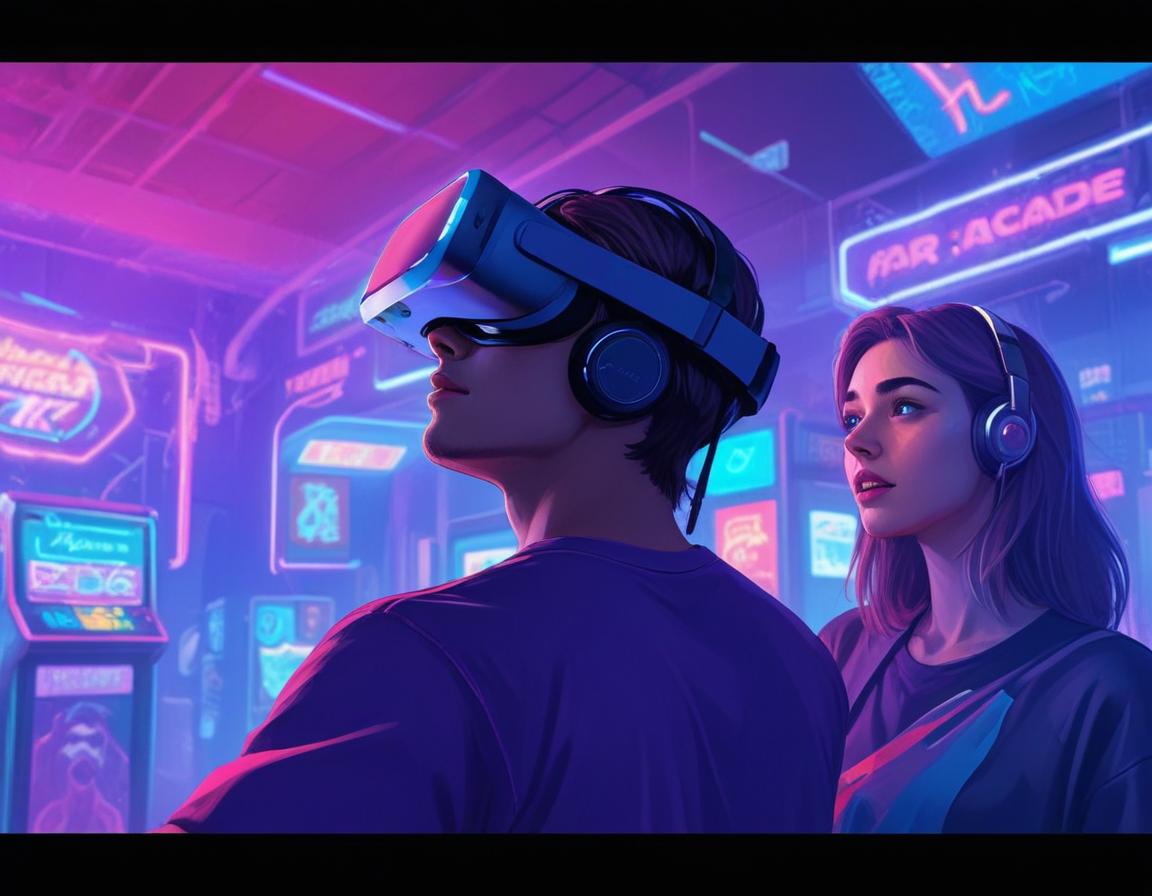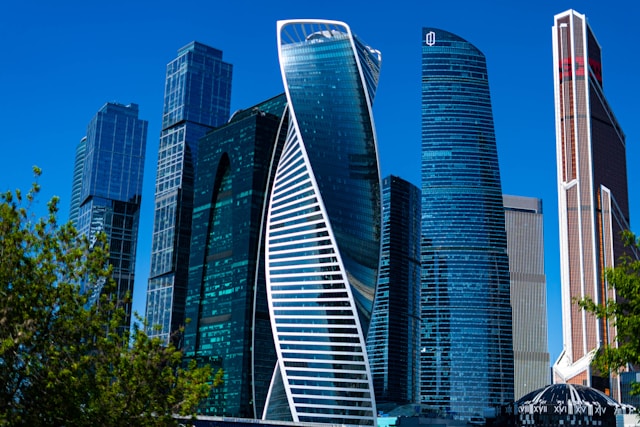Innovative Design and Sustainable Technology

Daizi Zheng’s website serves as a hub for the latest in innovative product design, sustainable technology, and creative approaches to modern challenges. With a strong focus on eco-friendly solutions and cutting-edge design, the website highlights the importance of blending aesthetics with practicality in an environmentally conscious way. Below, we delve into various themes that define the website’s content, providing insights into the trends and innovations that drive sustainable product development today.
Table of Contents
The Rise of Sustainable Technology
Sustainable design is a critical focus on Daizi Zheng’s website, emphasizing products that balance form and function with environmental responsibility. As consumer awareness of climate change and environmental issues grows, the demand for sustainable products has surged. This movement has transformed how designers and manufacturers approach new product development, focusing on renewable materials, waste reduction, and energy efficiency.
One of the key trends in sustainable design is eco-friendly product materials, such as biodegradable plastics, recycled metals, and organic textiles. Designers are innovating with materials that minimize environmental impact while maintaining durability and aesthetic appeal. Additionally, upcycling transforming waste materials into new products has become a popular practice, helping to reduce waste in the design process.
Innovative Technology in Modern Design
The intersection of technology and design is a prominent theme on https://daizizheng.com website, showcasing how digital tools and modern innovations are shaping the future of design. The adoption of artificial intelligence (AI), machine learning, and 3D printing in design has unlocked new possibilities for creativity and efficiency.
3D printing, for instance, allows for rapid prototyping, enabling designers to test new concepts quickly and make adjustments before committing to full-scale production. This technology also supports customization, offering unique products tailored to individual preferences while reducing material waste during the production process. By using AI-based design tools, designers can generate multiple design iterations, optimize shapes, and predict performance, leading to products that are both aesthetically pleasing and highly functional.
Minimalist Design Trends
Minimalism continues to be a driving force in the world of design, and Daizi Zheng’s website offers valuable insights into this movement. Minimalist design focuses on simplicity, clean lines, and a clutter-free aesthetic that emphasizes the essentials. This style aligns well with sustainable principles, as it often involves using fewer resources and prioritizing quality over quantity.
Nordic-inspired designs are particularly popular within the minimalist movement, characterized by natural materials, neutral color palettes, and a focus on functionality. The concept of “less is more” not only enhances the visual appeal of products but also supports a sustainable lifestyle, where consumers are encouraged to invest in high-quality, long-lasting items rather than disposable alternatives.
The Importance of Green Energy Technology
Sustainability extends beyond design materials and practices it’s also about energy efficiency and minimizing the carbon footprint of production processes. Daizi Zheng’s website discusses the integration of green energy technology in design, such as the use of solar panels in products, energy-efficient manufacturing methods, and smart technology that optimizes energy use.
As the world moves towards renewable energy sources, designers are exploring how to incorporate solar power and other clean energy solutions into everyday products. For example, solar-powered gadgets and battery storage systems are becoming more commonplace, helping consumers reduce their dependence on fossil fuels. Additionally, smart home technologies that automate lighting, heating, and cooling can significantly reduce energy consumption, making homes more sustainable.
The Role of Circular Economy in Design
A key concept in sustainable product development is the circular economy, which aims to eliminate waste and create a closed-loop system where materials are continuously reused. Daizi Zheng’s website emphasizes the role of circular design in minimizing environmental impact by keeping products and materials in use for as long as possible.
Circular economy principles include designing for disassembly, where products are created with the intention of being easily taken apart for repairs or recycling. This approach extends the lifespan of products and makes it easier to recover valuable materials at the end of their life cycle. Moreover, product-as-a-service models, where consumers lease products instead of purchasing them, encourage manufacturers to design items that are durable and easy to maintain.
Embracing Biophilic Design for a Sustainable Future
Biophilic design is another emerging trend covered on Daizi Zheng’s website, focusing on reconnecting people with nature through design. This concept is based on the idea that integrating natural elements into built environments can improve well-being and reduce stress. In the context of product design, biophilic elements might include natural materials, organic shapes, and green spaces incorporated into everyday products.
By creating products that mimic natural forms and processes, designers can create a sense of harmony between human-made objects and the natural world. This approach not only enhances the user experience but also encourages a deeper appreciation for nature, which is essential for fostering sustainable behavior.
Sustainable Design in Everyday Products
One of the most impactful ways to promote sustainability is by integrating eco-friendly practices into products that consumers use daily. Daizi Zheng’s website showcases a variety of sustainable household products, from energy-efficient appliances to recycled home decor. These items offer practical solutions for consumers looking to reduce their environmental impact without sacrificing convenience or style.
For example, water-saving fixtures like low-flow showerheads and faucets can significantly reduce water consumption, making them a popular choice for eco-conscious homeowners. Similarly, LED lighting is a common feature in sustainable design, offering long-lasting illumination with minimal energy use. By adopting these products, consumers can contribute to a more sustainable future while enjoying the benefits of modern design.
The Future of Eco-Friendly Product Trends
Looking ahead, the website explores the future of eco-friendly design and what trends will shape the industry in the coming years. With climate change at the forefront of global concerns, there is a growing emphasis on carbon-neutral production methods and net-zero energy products. These innovations aim to balance the energy used in production with renewable energy sources, resulting in a minimal environmental impact.
Moreover, bio-based materials derived from plants and other renewable sources—are gaining popularity as alternatives to traditional plastics. These materials offer similar performance characteristics without the environmental downsides, making them ideal for a wide range of products, from packaging to consumer electronics.
How Technology Supports Sustainable Innovation
Technology plays a crucial role in driving sustainable innovation, allowing designers to experiment with new materials and processes that reduce waste and improve efficiency. The website highlights several examples of how technology is being used to enhance the sustainability of products, including virtual reality (VR) and augmented reality (AR) for product visualization, which helps designers test and refine their concepts before creating physical prototypes.
In addition, blockchain technology is being explored as a tool for tracking the environmental impact of products throughout their lifecycle. By using blockchain, companies can provide transparency about the sourcing of materials, energy consumption, and waste management practices, giving consumers more information about the sustainability of their purchases.
Conclusion
Daizi Zheng’s website is a testament to the potential of innovative design and technology to create a more sustainable future. By focusing on eco-friendly materials, cutting-edge technology, and consumer awareness, the site offers a roadmap for companies and individuals looking to make a positive impact on the environment. As trends like sustainable product design, minimalist aesthetics, and green energy solutions continue to grow, it’s clear that the future of design lies in balancing creativity with responsibility.
For businesses and designers looking to stay ahead in this evolving market, understanding these trends is essential. By embracing sustainable practices and leveraging modern technology, they can create products that not only meet the needs of today’s consumers but also contribute to a healthier, more sustainable planet. Daizi Zheng’s platform serves as a valuable resource for anyone interested in the intersection of design, technology, and sustainability, offering inspiration and insights into how to make a positive impact through innovation.







